Dynamic neuromuscular stability is sometimes referred to improve sports performance by optimizing the efficiency of motion.
When compared tops.
DNS is the only therapeutic method tomatic, providing a basis for healthy and efficient movement.
Conventional Physical therapy works by strengthening weakened muscles in isolation from the rest of the locomoto the patient.
Follow thIs link for more information about physical therapy in NYC.
Unlike conventional physical therapy, DNS doctor-patient dependency.
The advantages of DNS over conventional physical therapy give patients with neuromuscular disorders a superior alternative to commercially established methods of treatment.
DNS was invented by Pavel Kolar, a pediatric physiotherapist. DNS is based on the natural development of the human infant. The infant learns in a progressive and natural way to control posture and move with purpose. All infants exhibit the same progression of postures during the first year of development.
Beneath the “core” muscles lies “the deep core.” The deep core relies on the balanced use of the deep cervical flexors, the spinal extensors, the diaphragm, the pelvic floor, and the abdominal muscles tomatic and subconscious control.
Recruitment of the deep core tore or improve the precise muscular coordination and timing of the deep core can improve the efficiency of movement.
Kolar introduced the concept of “joint centration” to chronic lower back pain. Individuals who don’t use the diaphragm effectively for postural control experience increased compressive forces on the spine, preventing the spine from achieving centration.
If one link in a motor patterns can cause chronic pain, injuries, and reduced performance.
When trying tom. Focusing on core stability first before addressing the injured or weak limb may seem counter-intuitive, but it works very well.
Examining the entire motor patterns can be re-wired by retraining the brain.
The DNS approach to identify weak links in core stabilization.
Once a weak link has been identified, a series of active exercises are prescribed toring joint centration.
These exercises were developed by studying the motomatic.
The use of infant movement patterns is based on the idea that the human brain is designed to basics” or “re-booting” the brain’s motion pattern processor.
Once the correct motion patterns have been re-trained in the brain, they are used effortlessly in daily life and in sports Using the correct movement patterns sto heal. It can also prevent injuries from occurring in the first place, and it may improve sports performance.


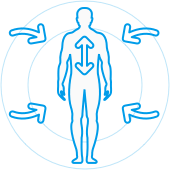
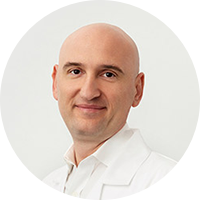
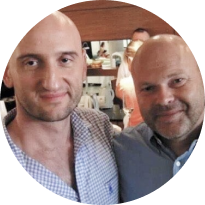
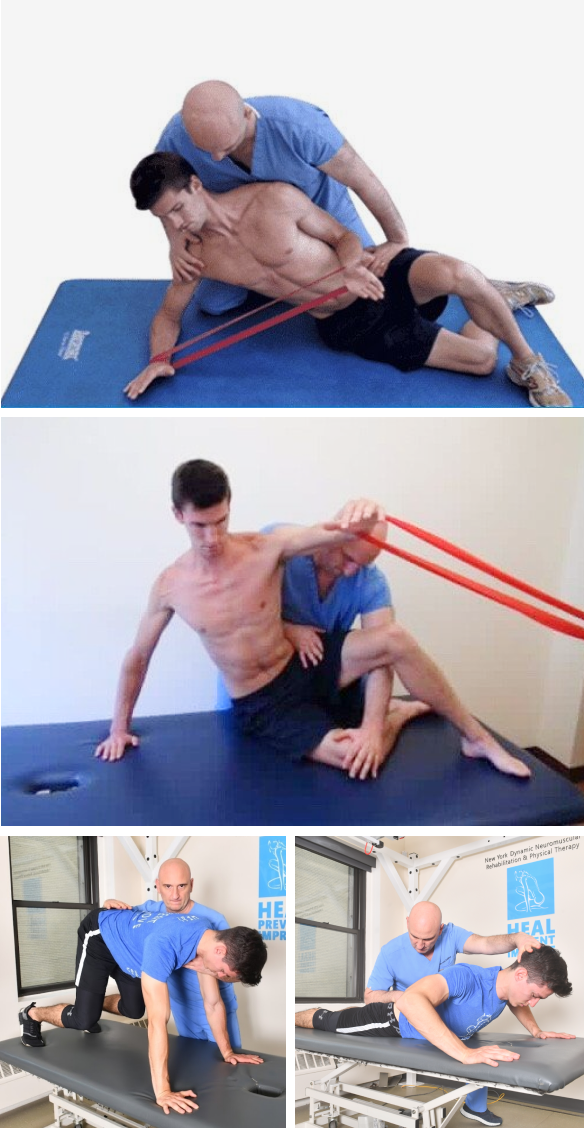
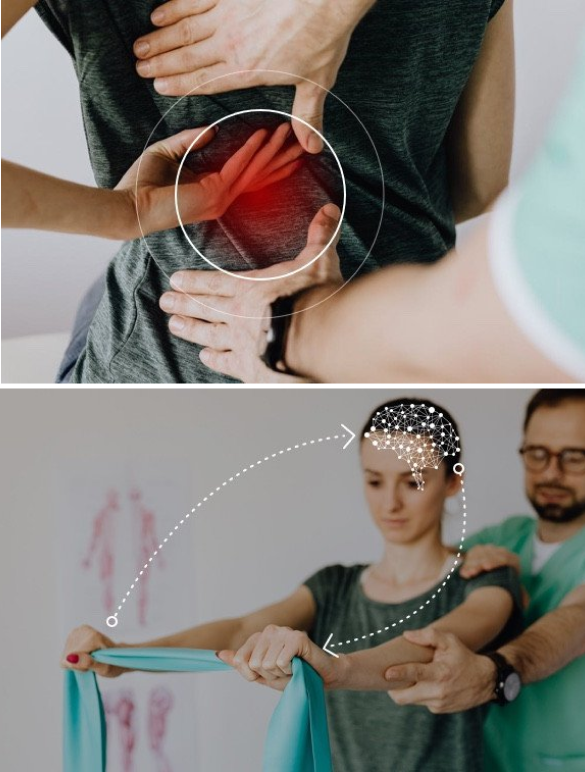
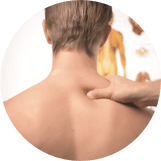









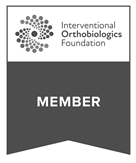




























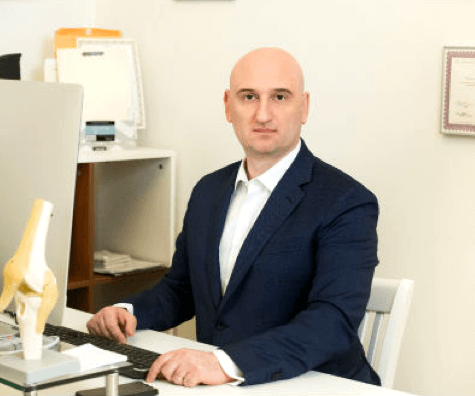
 Dr. Yuri Brosgol
Dr. Yuri Brosgol  Dr. Michael Goynatsky
Dr. Michael Goynatsky 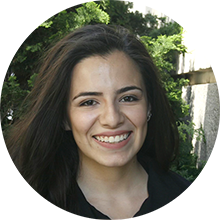 Dr. Daniela Escudero
Dr. Daniela Escudero  Dr. Michelle Agyakwah
Dr. Michelle Agyakwah  Dr. Tatyana Kapustina
Dr. Tatyana Kapustina 



























